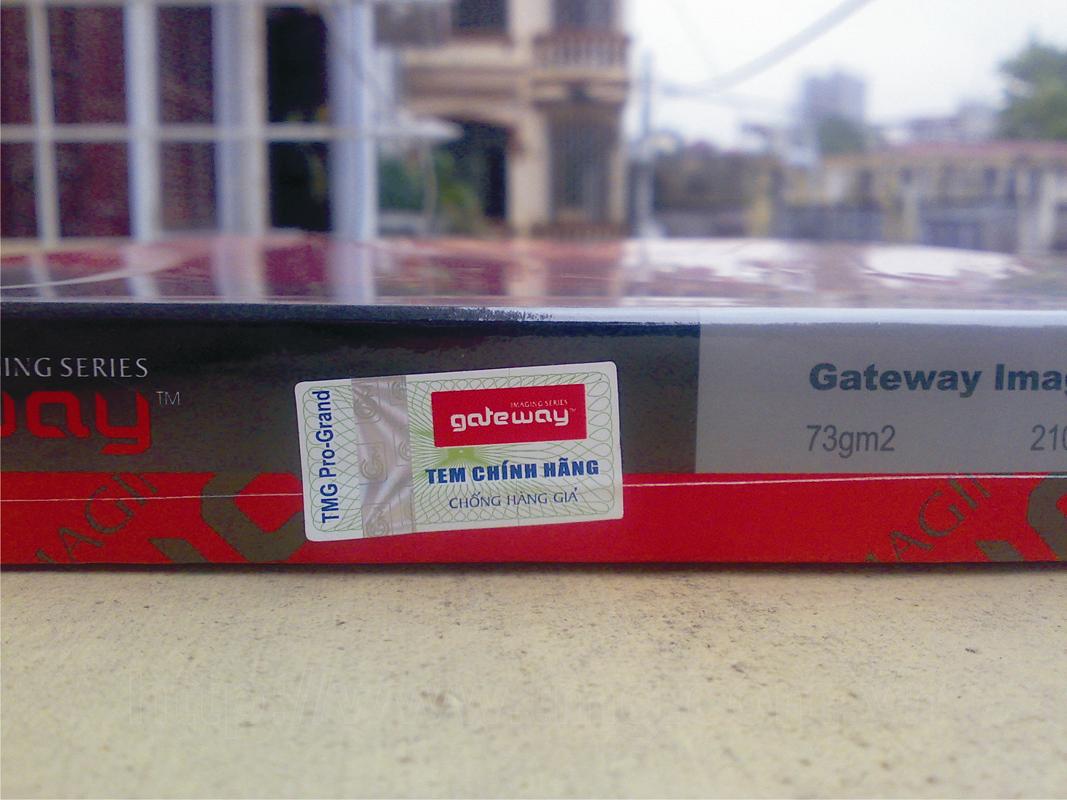Security tape on:
[Wikipedia]
[Google]
[Amazon]
 Security tape (or security label) is a type of adhesive tape used to help reduce shipping losses due to pilfering and theft. It helps reduce tampering or product adulteration. It is often a pressure-sensitive tape or label with special tamper-resistant or tamper-evident features. It can be used as a ''security seal'' in addition to a container closure or can be used as a security label. They are sometimes used as or with
Security tape (or security label) is a type of adhesive tape used to help reduce shipping losses due to pilfering and theft. It helps reduce tampering or product adulteration. It is often a pressure-sensitive tape or label with special tamper-resistant or tamper-evident features. It can be used as a ''security seal'' in addition to a container closure or can be used as a security label. They are sometimes used as or with
 There are many types and constructions of tapes and labels used for security. The use of security printing,
There are many types and constructions of tapes and labels used for security. The use of security printing,
authentication
Authentication (from ''authentikos'', "real, genuine", from αὐθέντης ''authentes'', "author") is the act of proving an Logical assertion, assertion, such as the Digital identity, identity of a computer system user. In contrast with iden ...
products and as an anti-pilferage seal.
Security tapes and labels are sometimes used in conjunction with security envelopes.
Use
Security tapes can be used as packaging tapes on small primary packages such as bottles andcarton
A carton is a box or container usually made of liquid packaging board, paperboard and sometimes of corrugated fiberboard.
Many types of cartons are used in packaging. Sometimes a carton is also called a box.
Types of cartons
Folding cartons
...
s or on larger shipping containers such as corrugated box
Corrugated box design is the process of matching design factors for corrugated fiberboard (sometimes called corrugated cardboard) or corrugated plastic boxes with the functional physical, processing and end-use requirements. Packaging engineers w ...
es. They are also used on unit loads or palletized goods. The strength and adhesive bonding are important. Security labels are usually only used for their security features; backing strength is less important but the bonding characteristics are critical.
Some security tapes have an appearance similar to standard packaging tapes to help conceal the value of an item. Logistics and packaging professionals do not want to bring attention to the item or its package. Other security tapes have bright colors with high impact graphics.
Security tapes and labels are one part of a broader security system: No one layer of security can provide full protection to shipments of packages. Most security products can be foiled by a knowledgeable person with sufficient time and with access to specialized tools, solvents, extreme temperatures, other security tapes and labels, adhesives, etc.
Security tapes and labels usually add security to one point of entry to a container. Other points of unauthorized entry are sometimes available.
Security tapes are also used on access doors for temporary area denial and as tamper-indicating seals for sensitive equipment. Some uses of security tapes require stable temperatures and the non-exposure of the tape to direct sunlight.
Construction
 There are many types and constructions of tapes and labels used for security. The use of security printing,
There are many types and constructions of tapes and labels used for security. The use of security printing, holography
Holography is a technique that allows a wavefront to be recorded and later reconstructed. It is best known as a method of generating three-dimensional images, and has a wide range of other uses, including data storage, microscopy, and interfe ...
, embossing, barcodes, RFID chips, etc. is common. Some tape strips and labels have sequential serial numbers, bar codes, etc. Custom printing with corporate logo, etc. is useful but needs to be revised periodically because of creative counterfeiters.
Many security tapes have extra strong backings and high performance adhesives; a damaged or partially open package can be an invitation to theft or tampering. High graphics can draw attention to a package during shipment.
Security tapes often have special features to indicate opening, including:
*Intentionally weak or frangible components
*Printing which cannot easily be realigned after a cut or tear
*Hidden print layers which indicate opening
* Serrations or perforations to make one-piece removal more difficult
* RFID indicating systems
Security tapes are usually wound on a roll for storage and dispensing. Either a release liner is used or a premium release coating is used on the top surface. Security labels typically employ a release liner and are die-cut.
Interpretation
Sometimes a tape or label is intended to provide a signal of removal or of container tampering: imaging, delamination, fracture, etc. The desired outcome is for the tape or label to correctly indicate attempted or unauthorized container opening. Conversely, it should not signal tampering when there has not been tampering. This is a type of binary classification. It may be possible to have a " false negative": the label is (or appears to be) intact yet tampering has occurred. Depending on the specific security tape/label, there may be specialized means of removing and reattaching the label, covering or obscuring the signaled/activated label, etc. Also, tampering could have occurred in a different part of the container. A "false positive" may also be possible, either by accident or with intent.See also
* Electronic article surveillance * Barricade tape * Evaluation of binary classifiers * Counterfeit consumer goodReferences
* Soroka, W, "Fundamentals of Packaging Technology", IoPP, 2002, * Yam, K. L., "Encyclopedia of Packaging Technology", John Wiley & Sons, 2009, * Rosette, J. L, "Improving Tamper-Evident Packaging: Problems, Tests and Solutions", 1992 {{labeling Packaging Theft Adhesive tape Security Authentication methods Security technology